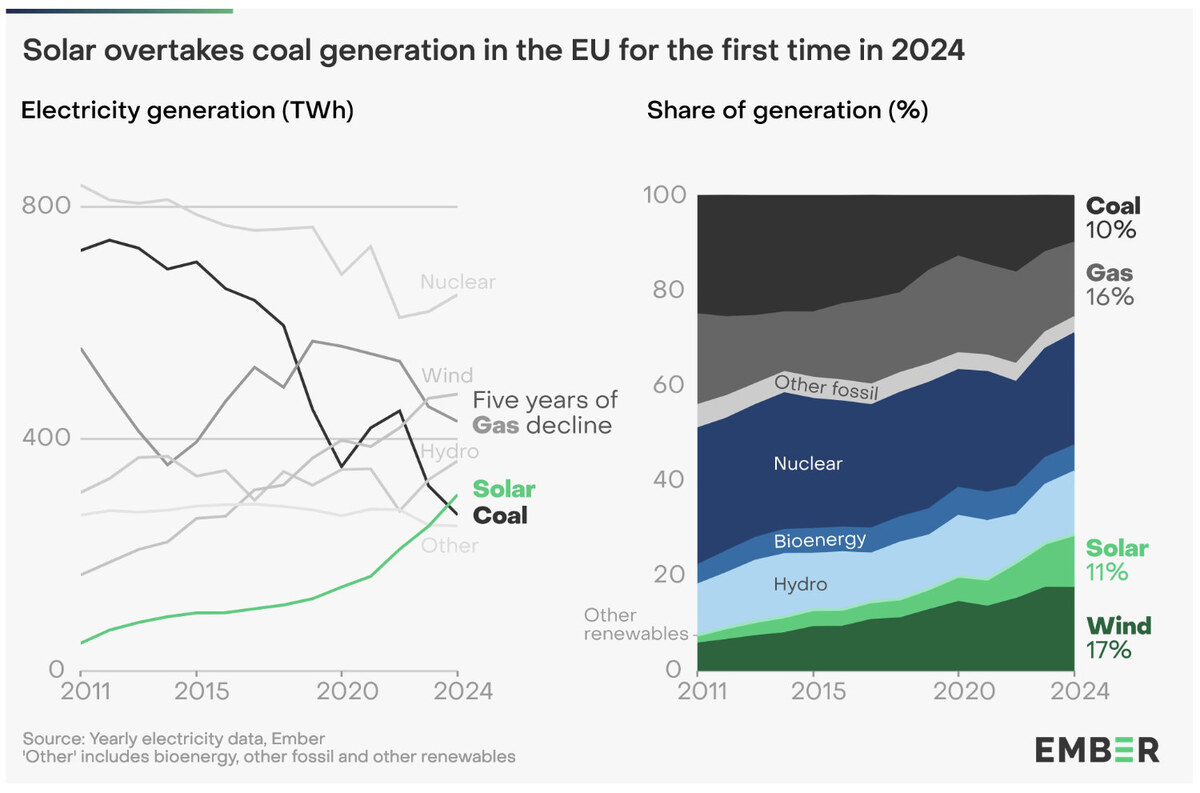BOGOTA, Colombia: Three Americans, two Spaniards and a Czech citizen were arrested Saturday after Venezuelan officials accused them of coming to the South American country to assassinate President Nicolas Maduro.
The arrests were announced on state television by Diosdado Cabello, the nation’s powerful interior minister. Cabello said the foreign citizens were part of a CIA-led plot to overthrow the Venezuelan government and kill several members of its leadership. In the television program, Cabello showed images of rifles that he said were confiscated from some of the plotters of the alleged plan.
The arrest of the American citizens included a member of the Navy, who Cabello identified as Wilbert Joseph Castañeda Gomez. Cabello said that Gomez was a navy seal who had served in Afghanistan, Iraq and Colombia. Spain’s embassy in Venezuela did not reply to a request for comment on the arrests of its citizens.
The US State Department late Saturday confirmed the detention of a US military member and said it was aware of “unconfirmed reports of two additional US citizens detained in Venezuela.”
“Any claims of US involvement in a plot to overthrow Maduro are categorically false. The United States continues to support a democratic solution to the political crisis in Venezuela,” the statement said.
The announcement of the arrests comes just two days after the US Treasury imposed sanctions on 16 allies of Maduro who were accused by the US government of obstructing voting during the disputed July 28 Venezuelan presidential election, and carrying out human rights abuses.
Earlier this week, Spain’s parliament recognized opposition candidate Edmundo Gonzalez as the winner of the election, angering Maduro allies who called on the Venezuelan government to suspend commercial and diplomatic relations with Spain.
Tensions between Venezuela’s government and the US have increased as well following the election, whose result sparked protests within Venezuela in which hundreds of opposition activists were arrested.
Venezuela’s Electoral Council, which is closely aligned with the Maduro administration, said Maduro won the election with 52 percent of the vote, but did not provide a detailed breakdown of the results.
Opposition activists, however, surprised the government by collecting tally sheets from 80 percent of the nation’s voting machines. The tally sheets collected by the opposition were published online, and they indicate that Gonzalez won the election with twice as many votes as Maduro.
Despite international condemnation over the election’s lack of transparency, Venezuela’s supreme court, which has long backed Maduro, confirmed his victory in August. Venezuela’s attorney general then filed conspiracy charges against Gonzalez, who fled to Spain last week after it became clear he would be arrested.
Maduro has dismissed requests from several countries, including the leftist governments of Colombia and Brazil, to provide tally sheets that prove he won the election. Maduro, who has been in power since 2013, has long claimed the US is trying to overthrow him through sanctions and covert operations.
The Maduro administration has previously used Americans imprisoned in Venezuela to gain concessions from the US government. In a deal conducted last year with the Biden administration, Maduro released 10 Americans and a fugitive wanted by the US government to secure a presidential pardon for Alex Saab, a close Maduro ally who was held in Florida on money laundering charges. According to US prosecutors, Saab had also helped Maduro to avoid US Treasury sanctions through a complex network of shell companies.
Venezuela says it arrested 6 foreigners allegedly involved in a plot to kill President Maduro
https://arab.news/mxwbc
Venezuela says it arrested 6 foreigners allegedly involved in a plot to kill President Maduro

- The arrests were announced on state television by Diosdado Cabello, the nation’s powerful interior minister



























